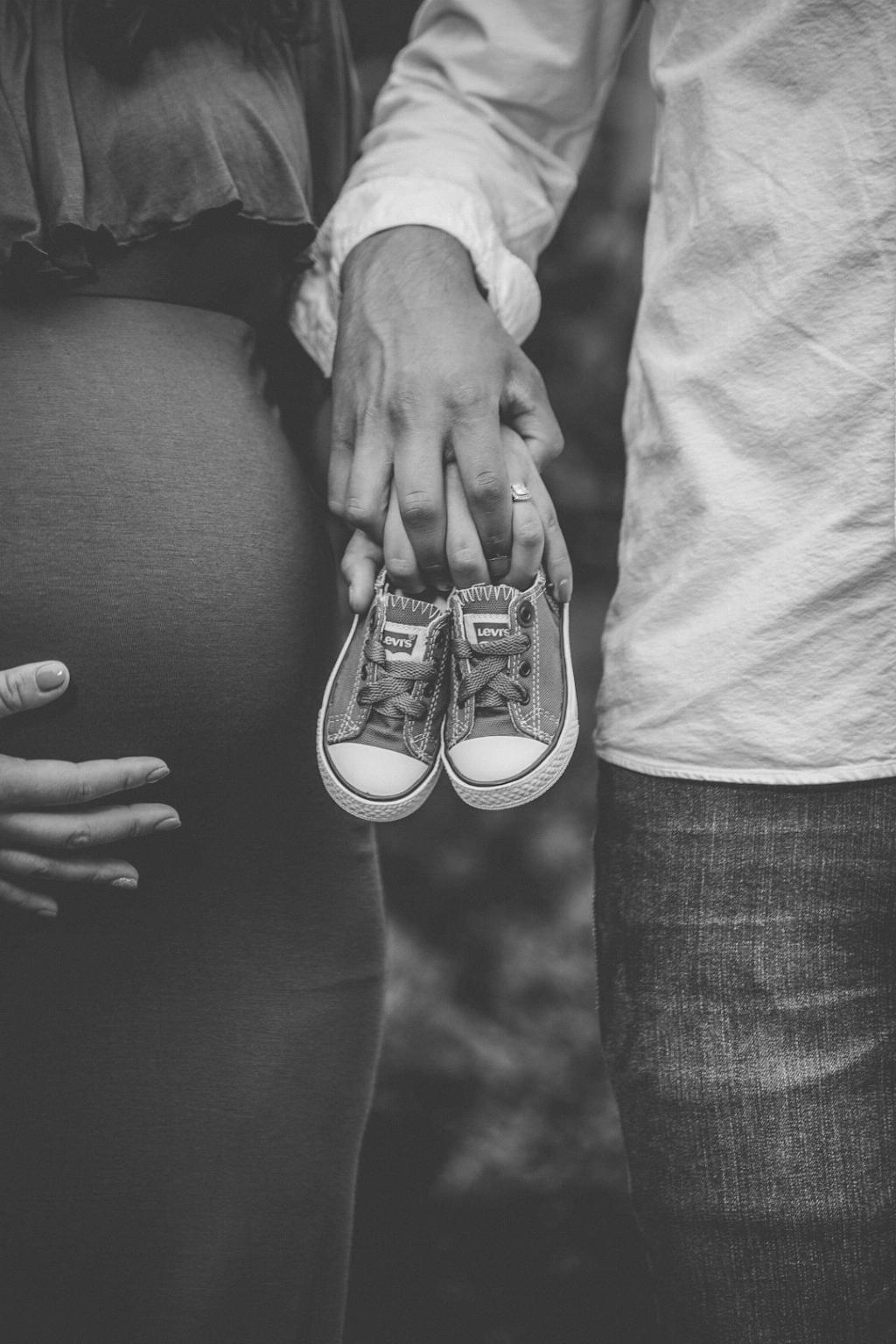When it comes to addressing the C-section pouch, many people wonder if liposuction can be a solution. While liposuction is a popular cosmetic procedure for removing unwanted fat, it’s essential to understand its limitations, especially when it comes to the C-section pouch.
What is the C-section Pouch?
The C-section pouch, also known as a stomach pooch or mommy pouch, refers to the stubborn area of fat and loose skin that often remains after a C-section delivery. This pouch can be challenging to get rid of through diet and exercise alone, leading individuals to consider surgical options like liposuction.
Can Liposuction Alone Address the C-section Pouch?
While liposuction can effectively remove excess fat from specific areas of the body, it is essential to note that it may not fully address the C-section pouch. Liposuction targets fat deposits, but it may not be able to tighten loose skin or address muscle separation that can occur during pregnancy.
Factors to Consider Before Choosing Liposuction
Before opting for liposuction to address the C-section pouch, individuals should consider various factors. It’s crucial to have realistic expectations about the results and understand that liposuction may not be a one-size-fits-all solution for everyone.
Combining Liposuction with Other Procedures
For individuals looking to address both excess fat and loose skin in the abdominal area, combining liposuction with a tummy tuck may be a more effective approach. A tummy tuck, also known as abdominoplasty, can remove excess skin and tighten the abdominal muscles, complementing the effects of liposuction.
Consulting with a Plastic Surgeon
Prior to undergoing any cosmetic procedure to address the C-section pouch, it’s crucial to consult with a board-certified plastic surgeon. A qualified surgeon can assess your individual concerns, recommend the most suitable treatment plan, and provide you with a realistic understanding of the expected outcomes.
Recovery and Post-Procedure Care
After undergoing liposuction or a combination procedure to address the C-section pouch, it’s essential to follow your surgeon’s post-procedure care instructions diligently. This may include wearing compression garments, avoiding strenuous activities, and attending follow-up appointments to monitor your recovery progress.
Potential Risks and Complications
As with any surgical procedure, liposuction and tummy tucks come with potential risks and complications. It’s essential to discuss these risks with your surgeon and understand the steps you can take to minimize them before proceeding with the treatment.
Long-Term Results and Maintenance
While liposuction and tummy tucks can provide significant improvements in the appearance of the abdominal area, maintaining long-term results requires a commitment to a healthy lifestyle. Eating a balanced diet, exercising regularly, and avoiding significant weight fluctuations can help preserve the outcomes of your cosmetic procedure.
Personal Satisfaction and Confidence
Ultimately, the decision to undergo liposuction or a combination procedure to address the C-section pouch is a personal one. Many individuals find that achieving a flatter, more contoured abdomen enhances their self-confidence and satisfaction with their appearance.
Conclusion
In conclusion, while liposuction can help target stubborn fat deposits in the abdominal area, its effectiveness in addressing the C-section pouch may be limited. Combining liposuction with a tummy tuck may offer a more comprehensive solution for individuals looking to achieve a smoother, tighter abdomen. Consulting with a plastic surgeon and understanding the potential risks and benefits of these procedures are essential steps in determining the most suitable treatment approach to address the C-section pouch.

